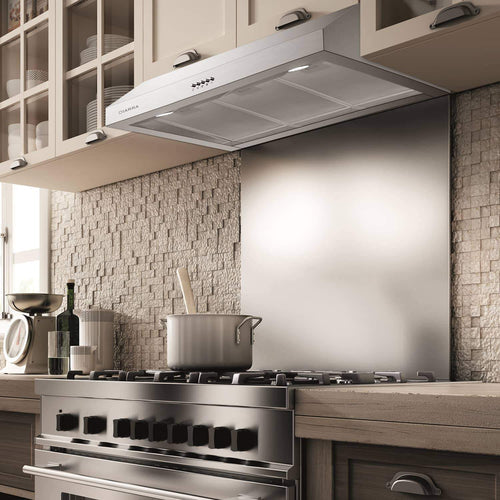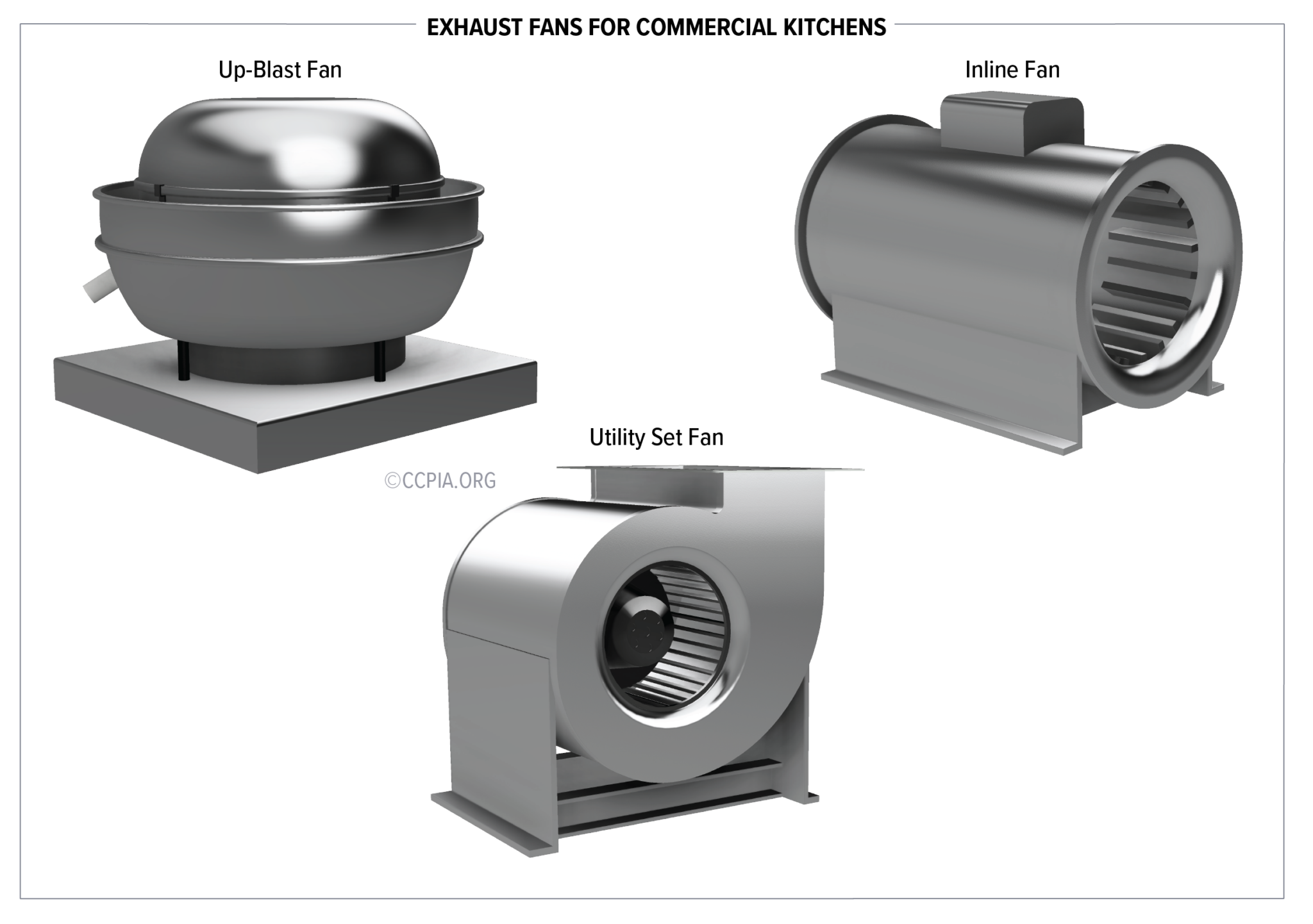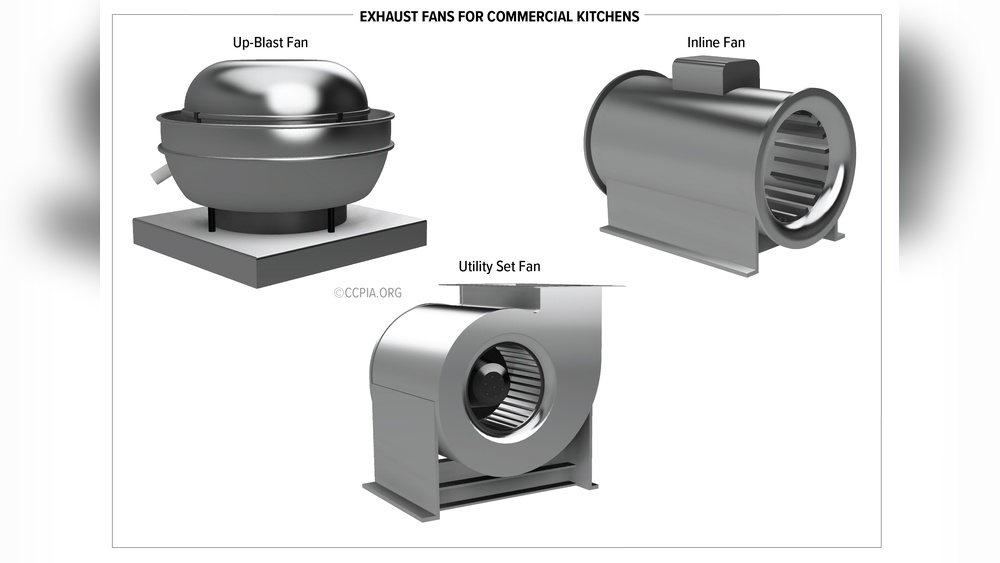When it comes to keeping your kitchen fresh and free from smoke, odors, and excess heat, choosing the right exhaust fan is key. But with so many types of kitchen exhaust fans available, how do you know which one fits your space and needs best?
Whether you’re cooking up a storm every day or just want to keep your kitchen comfortable, understanding the different options can help you make a smart choice. You’ll discover the main types of kitchen exhaust fans, how they work, and which one could be perfect for your kitchen setup.
Keep reading to find the ideal fan that will make your cooking experience cleaner and more enjoyable.

Credit: aoshunelectrical.en.made-in-china.com
Kitchen Exhaust Fan Types
Choosing the right exhaust fan can improve kitchen air quality and comfort. Different types serve various kitchen layouts and cooking styles. Understanding each type helps pick the best fit for your kitchen space and needs.
Under-cabinet Fans
Under-cabinet fans fit beneath kitchen cabinets. They save space and provide direct ventilation. These fans are easy to install and work well for small kitchens.
Wall-mount Canopy Fans
Wall-mount canopy fans attach to the wall above the stove. They cover the cooking area to capture smoke and odors. These fans are popular for kitchens with limited overhead space.
Island Canopy Fans
Island canopy fans hang from the ceiling above kitchen islands. They offer strong ventilation for open kitchen designs. These fans add style and function to central cooking areas.
Hood Liners
Hood liners fit inside custom or existing cabinets. They provide ventilation without changing kitchen decor. These fans are versatile and blend seamlessly with cabinetry.
Retractable Downdraft Fans
Retractable downdraft fans rise from the countertop when needed. They pull smoke and steam downward. These fans are ideal for kitchens wanting a hidden ventilation option.
Microwave Hood Combinations
Microwave hood combinations combine a microwave and exhaust fan. They save space by serving two functions. These units are common in compact kitchens.
Custom Cabinetry Hoods
Custom cabinetry hoods match kitchen cabinets for a unified look. They hide the exhaust fan within stylish wood or metal designs. These hoods fit unique kitchen styles and sizes.
Fan Mounting Options
Choosing the right fan mounting option is key for effective kitchen ventilation. Each mounting type fits different kitchen layouts and ventilation needs. Proper placement ensures better air flow and odor removal. It also affects installation ease and maintenance.
Wall-mounted Fans
Wall-mounted fans attach directly to kitchen walls. They push air outside through a vent. These fans save ceiling space and are easy to install. They work well in kitchens with nearby exterior walls. Wall-mounted fans are good at removing smoke and cooking smells quickly.
Ceiling-mounted Fans
Ceiling-mounted fans install on the kitchen ceiling. They pull air upwards and out through ducts. These fans keep walls free and maintain kitchen design. Ceiling fans suit kitchens without good wall access. They blend well with modern kitchen styles and provide strong ventilation.
Window-mounted Fans
Window-mounted fans fit directly into kitchen windows. They blow air outside without needing ducts. These fans are easy to install and cost-effective. Window fans work best in kitchens with accessible windows. They help remove heat and odors quickly during cooking.
Inline Fans
Inline fans are hidden inside walls or ceilings. They connect to ducts leading outside. These fans operate quietly and save space. Inline fans are ideal for large kitchens or complex layouts. They provide powerful ventilation without disrupting kitchen design.
Choosing Based On Kitchen Size
Choosing the right exhaust fan depends heavily on the size of your kitchen. A fan too small will not remove smoke or odors well. A fan too large wastes energy and space. This section helps you pick the right fan by considering your kitchen size and needs.
Calculating Cfm Requirements
CFM means cubic feet per minute. It shows how much air a fan moves.
Measure your kitchen’s length, width, and height. Multiply these numbers to get the volume.
For good ventilation, select a fan that moves air 10 times the kitchen volume each hour. Divide this by 60 to get the needed CFM.
For example, a 200-square-foot kitchen with 8-foot ceilings needs a fan with about 270 CFM.
Adjusting For Cooking Habits
Cooking style affects exhaust needs. Frying or grilling produces more smoke than boiling.
If you cook often or prepare strong-smelling foods, choose a fan with higher CFM.
Less frequent cooking or simple meals require a fan with moderate CFM. This saves power and noise.
Considering Kitchen Layout
Kitchen shape and design influence fan choice.
Open kitchens need fans with stronger airflow to clear smoke quickly.
Small, enclosed kitchens require quiet fans that fit tight spaces.
Also, think about where you will install the fan. Some types fit better on walls, ceilings, or windows.

Credit: us.ciarraappliances.com
Material And Build Quality
The material and build quality of kitchen exhaust fans greatly affect their durability and performance. Choosing the right materials ensures the fan can handle heat, moisture, and grease. It also determines how long the fan will last without frequent repairs or replacements.
High-quality materials resist corrosion and wear, providing better value over time. The build quality affects noise levels and how efficiently the fan operates. Strong construction means the fan can work continuously in busy kitchens without breaking down.
Stainless Steel Fans
Stainless steel is a top choice for kitchen exhaust fans. It resists rust and corrosion, making it ideal for humid kitchen environments. These fans are easy to clean and maintain.
Stainless steel fans also look sleek and modern. Their durability allows them to last many years. They handle heat well and maintain good airflow.
Plastic And Composite Fans
Plastic and composite fans are lightweight and budget-friendly. They resist moisture but may not be as durable as metal fans. These fans suit small kitchens or less intense cooking spaces.
They are quieter but can wear out faster under heavy use. Plastic fans are easy to install and often come in various colors and designs.
Copper Motor Benefits
Copper motors in exhaust fans improve efficiency and lifespan. Copper conducts electricity better than other metals, reducing energy loss. This means the fan uses less power and runs cooler.
Copper motors are also more resistant to heat and corrosion. They handle long hours of operation without overheating. Fans with copper motors tend to be more reliable and require less maintenance.
Noise And Efficiency
Choosing the right kitchen exhaust fan means balancing noise and efficiency. A fan should remove smoke and odors without disturbing your home’s peace. Efficiency saves energy and lowers electricity bills. Understanding noise levels and power helps pick the best model for your kitchen.
Quiet Operation Models
Quiet exhaust fans keep your kitchen calm. These models use sound-dampening technology to reduce noise. Ideal for open-plan homes or small kitchens. They run smoothly without loud humming or rattling sounds. You can cook and talk without raising your voice.
Energy Efficient Fans
Energy efficient fans use less power to move air fast. They have advanced motors and blade designs for better airflow. These fans lower your electricity use and save money. Many come with energy star ratings for trusted performance. They help keep your kitchen fresh and your bills low.
Powerful Exhaust Options
Powerful fans clear smoke and steam quickly. Best for large kitchens or heavy cooking. They have strong motors and wide blades for fast air removal. These fans improve air quality and reduce heat build-up. Some models allow speed control for flexible use.
Installation And Maintenance
Proper installation and regular maintenance of kitchen exhaust fans ensure efficient performance. Good installation prevents leaks and noise. Regular care extends the fan’s life and keeps your kitchen air fresh.
Choosing the right method for installation and maintenance depends on your skills and needs. Both DIY and professional options have clear benefits. Cleaning and changing filters keep the fan working well.
Diy Installation Tips
Start by reading the fan’s manual carefully. Measure the space to fit the fan perfectly. Use a stud finder to locate secure mounting points. Turn off power before starting any electrical work. Secure the fan tightly to avoid vibrations. Check the ductwork for clear airflow. Seal gaps with foil tape to prevent leaks. Test the fan after installation to ensure it runs smoothly.
Professional Installation Benefits
Professionals ensure the fan fits and works correctly. They handle electrical connections safely. Experts can spot potential ventilation issues early. Installation by pros often comes with a warranty. They save time and reduce installation errors. Proper setup leads to better energy efficiency. Professionals ensure compliance with local building codes. Their experience means fewer future problems.
Cleaning And Filter Replacement
Turn off the fan before cleaning. Remove the cover and take out the filter. Wash the filter with warm, soapy water and let it dry. Clean fan blades gently with a soft cloth. Remove dust and grease buildup inside the fan. Replace filters if they are damaged or very dirty. Clean the fan every three months for best results. Regular cleaning improves air quality and fan efficiency.
Cost And Budget Considerations
Choosing the right exhaust fan for your kitchen depends greatly on your budget. Kitchen exhaust fans come in a range of prices to fit different financial plans. Understanding cost and budget helps you pick a fan that balances price with performance. This section breaks down options by price categories to guide your choice.
Affordable Fan Options
Affordable exhaust fans usually cost less than $100. These models work well for small kitchens or limited use. They offer basic ventilation without extra features. Simple installation keeps costs down. These fans are energy efficient but may be louder. Ideal for tight budgets or temporary setups.
Mid-range Models
Mid-range fans cost between $100 and $300. They provide better airflow and quieter operation. Many include adjustable speeds and better filters. Installation may require some professional help. These fans suit regular home kitchens with moderate cooking activity. They strike a good balance between price and quality.
High-end Features And Pricing
High-end exhaust fans start around $300 and can go beyond $1000. They have advanced features like smart controls and quiet motors. High-quality materials increase durability and style. Some models include built-in lighting and powerful extraction. These fans fit large kitchens or heavy cooking needs. They offer the best performance but at a premium price.

Credit: ccpia.org
Frequently Asked Questions
What Are The Different Types Of Kitchen Exhaust Fans?
Kitchen exhaust fans include under-cabinet, wall-mount canopy, island canopy, hood liners, retractable downdraft, and microwave hood combinations. Custom hoods also match cabinetry and suit different kitchen layouts and cooking needs.
How To Choose An Exhaust Fan For A Kitchen?
Choose a kitchen exhaust fan based on room size and cooking habits. Select a fan with appropriate CFM for effective ventilation. Consider noise level, energy efficiency, and installation type to match your kitchen layout and style.
What Are The Types Of Exhaust Fans?
Types of exhaust fans include wall-mounted, ceiling-mounted, inline, window, and portable fans. Kitchen fans also feature under-cabinet, island canopy, downdraft, and custom hoods. Choose based on kitchen size, layout, and ventilation needs.
What Is The Difference Between A Ventilation Fan And An Exhaust Fan?
A ventilation fan circulates fresh air inside a space. An exhaust fan removes stale air, smoke, or odors outside.
Conclusion
Choosing the right kitchen exhaust fan improves air quality and comfort. Different types suit different needs and kitchen sizes. Wall-mounted, ceiling, and ductless fans offer various benefits. Consider noise level, power, and installation before buying. Proper ventilation keeps your kitchen fresh and smoke-free.
Keep your cooking area safe and pleasant with the best exhaust fan. Regular maintenance ensures long-lasting performance and efficiency. A well-ventilated kitchen makes cooking more enjoyable every day.

